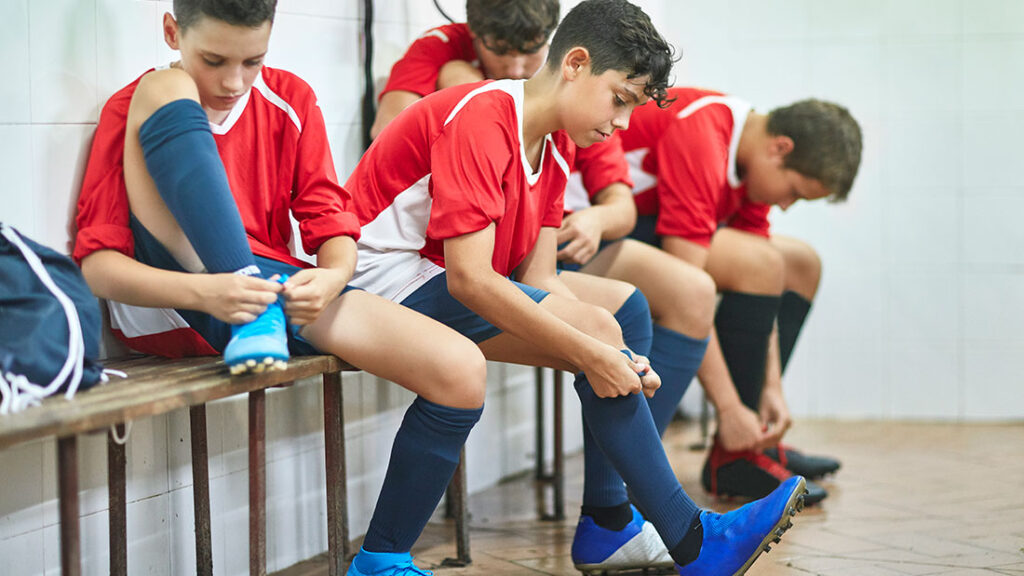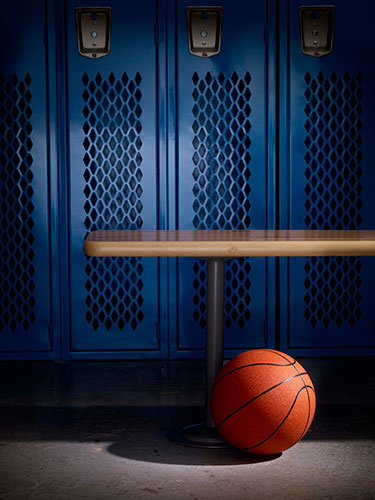The Critical Need for Locker Room Safety

Locker rooms can be ideal places for team bonding, building friendships, and camaraderie between athletes. But left unmonitored, these spaces can quickly turn dangerous. From negative “locker room talk” to silly behavior that sometimes becomes inappropriate, the locker room can foster actions that might appear harmless but can easily become abusive.
So, how do we keep kids safe in the locker room?
Whether you’re a parent, coach, or volunteer, you might feel unsure about your role in helping monitor locker room behavior. Not to mention the fact that adults often feel uncomfortable in locker rooms. But for athletes, locker rooms are vulnerable spaces – and because of this, they can experience privacy violations or abuse.
Supervision Plays a Key Role
Kids are full of energy. They like to be silly and play around. While this behavior is natural and healthy, it can sometimes become unsafe when it occurs in unsupervised areas – like locker rooms. Adult supervision can change locker room culture, making it a safer space for all participants.
To help keep your organization’s locker room free from hazing, bullying, or misconduct, there are a few simple things you should know:
- Adults should supervise. All locker rooms should be monitored by two or more adults. Remember, a child should never be left alone with an adult.
- Privacy is key. Children in the locker room should have access to a private or semi-private area where they can change.
- No phones or cameras allowed. No device that has a camera, such as a phone or tablet, should be allowed in the locker room. Make sure your sports organization practices a device-free locker room culture to protect athletes.

At the U.S. Center for SafeSport, we believe that athletes must be safe in order to thrive. Together, we can all help make sport safer, from the locker room to the playing field. To learn more about how you can help create abuse-free sport environments, visit uscenterforsafesport.org.
